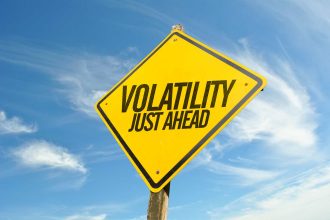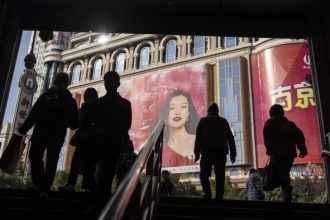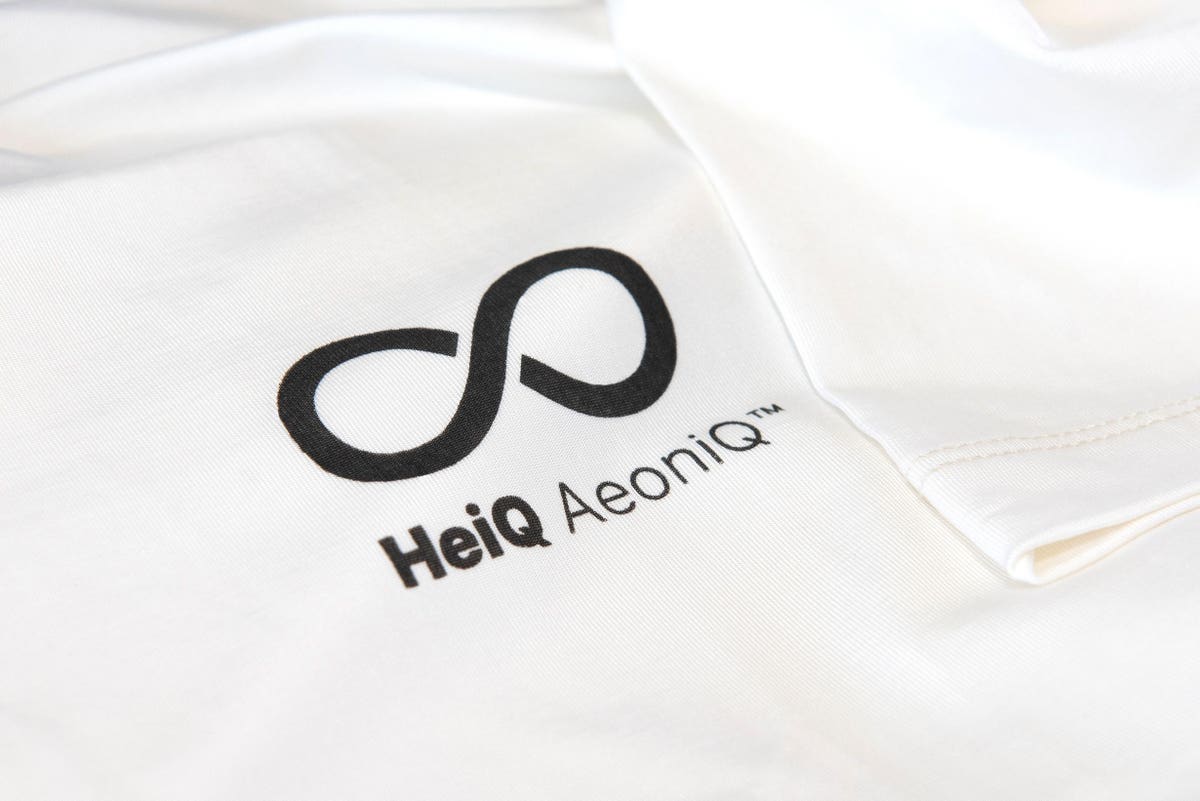Just over a year ago, I wrote about HeiQ AeoniQ™, a promising new textile yarn made from plant waste that performs like polyester. Polyester and its synthetic fiber siblings polyamide (nylon), acrylic, and elastane, are made from fossil fuels. During their use and disposal, they shed polluting plastic microfibres into land and waterways. This pollution is damaging marine life and disrupting the functioning of Earth’s largest carbon sink: the ocean.
Although Aeoniq looked to be a technical match for polyester and polyamide (nylon) and environmentally safe, at just 100 tonnes pilot production capacity, the question remained: could plant-based yarns replace fossil synthetic ones at scale, and if so, when?
In an exclusive interview, Material innovation company Heiq and global apparel and textile manufacturers MAS Holdings revealed a partnership deal that could revolutionize the textile industry. The venture aims to deliver material innovation, sustainable sourcing, and pioneering circularity at scale. With MAS being the single largest apparel vendor to more than 30 of the world’s largest brands (including Nike, Victoria’s Secret, H&M, and Patagonia), mass-produced, affordable, and genuinely sustainable materials appear within touching distance.
The deal
During the interview, Nemanthie Kooragamage, Director of Group Sustainable Business at MAS Holdings, announced they had “invested $2.5M in Aeoniq” and “committed to a 5-year offtake agreement” to purchase 3000 tonnes of the yarn in the first year of scaled production (2025), then 5000 tonnes each year from 2026 to 2029.
Carlo Centonze, CEO of Heiq, explained the magnitude of the partnership: “This offtake agreement is valued at over $100M. MAS has taken the risk without the brands’ [commitment to buy Aeoniq products] but can now go to brands and say, ‘We will have the volumes, and we can serve you.’ They are the first [textile] manufacturer who has taken a commitment to invest in a not-yet scaled technology of this kind”.
The partnership is critical for MAS Holdings, too, since their Plan for change aims to generate half the company’s revenue from sustainable products by 2025. It won’t achieve this target if reliant on fossil fuel-derived materials, and the same applies to the emissions targets of the 30+ brands for which MAS develops textiles and manufactures products.
Currently, around 61 million tonnes of polyester textile fibers are produced annually, and this is projected to increase to 149 million tonnes by 2030. Together, polyester and polyamide (nylon)—Aeoniq’s addressable market–account for 60% of global textiles. Compared to polyester’s 61M tonnes, Aeoniq’s few thousand per year is a (plastic-free) drop in the ocean, so what is the roadmap to commercial scale?
Scaling in Europe and Asia
The first step is to expand from 100 to 300 tonnes capacity at the pilot facility in Austria by the end of 2023. During this phase, Heiq and MAS will complete joint testing and optimization of Aeoniq, rounding off several years of collaborative R&D. MAS’s expertise in knitted textile manufacturing as well as the conglomerate’s decades-long understanding of brand expectations regarding textile development, design, pricing, and product specifications was critical in this phase, explained Centonze.
Following the pilot facility expansion, the new Giga factory with 30,000 tonne output per year will be constructed in Europe, bolstered by the partnership with MAS Holdings. In that facility: “We plan to have 3000 tonnes up and running in 2025 and 30,000 tonnes in 2026”. Centonze calculates that the factory will cost around $250M to build. “In order to structure the financing with equity and debt, we need binding offtake agreements that are bankable, and the first [one] is with MAS Holdings.” Regarding location, Centonze explained that although the first factory is in Europe (so they can optimize Aeoniq for scaled production), they “will have to build [factories] in Asia and use the feedstock there for this to work at scale.”
Why Aeoniq?
Aeoniq is a filament cellulose, of which there are several on the market, including lyocell. However, the difference with this new yarn is the waste feedstock and Heiq’s proprietary spinning method, which provides synthetic-like performance with a viable environmental profile.
Regarding feedstock, the primary source is waste from algae, sugar cane, straw, hemp, nutshells, cigarette butts, and coffee grounds. The secondary source is cellulose pulp (including Circulose, made from recycled textiles); the third is bacterial cellulose made in Heiq’s fermentation reactors.
Heiq’s spinning method homogenizes the cellulose in the yarn according to molecular weight, resulting in a yarn with elongation and strength properties that are more typical of polyester. Kooragamange reported that MAS’s testing demonstrated “superior operability, lower yarn breakage, and higher tenacity when compared to lyocell,” but the proof is always in the product, and when MAS presented brands with prototype t-shirts made from Aeoniq, they believed they were seeing and feeling the polyester they are accustomed to.
“We spoke to 50 potential partners before choosing Aeoniq,” explained Kooragamage. “The most interesting thing is the roadmap to cost neutrality—we think it will be comparable to lyocell or nylon by 2025.” Kooramange added that a particularly compelling aspect was the feedstock flexibility with the “potential for using local agricultural waste” in the future.
Regarding environmental impact comparison, this new yarn uses renewable waste feedstock, pH-neutral chemistry, and produces no waste during processing. Its energy inputs are renewable electricity for yarn processing and fossil fuel energy for transportation (which is the next target area for reducing the yarn’s overall impacts, as explained by Centonze).
On the manufacturing side, when knitted into textiles, Aeoniq has “higher dye absorption with less chemical load” than incumbents, says Kooramange, adding, “this is a sustainability investment, not a business-led one, with a good roadmap to further impact reduction,” including reduced water and energy usage from dope dyeing once at scale.
Future focused
Also in the interview was Malik Ahamadeen, Chief Growth Officer at MAS Holdings, who revealed that brands are roadmapping the next 5-10 years of their evolution and product offering. Therefore, MAS is working to provide solutions that will scale in that time frame without the environmental burden of synthetics that take thousands of years to biodegrade, leaving a toxic trail behind.
Since Aeoniq is a cellulose yarn (like cotton), it biodegrades (in favorable, microbe-friendly conditions) in just 12 weeks. For the current generation of shoppers, “this is something they can understand [and] that is meaningful for them,” explained Ahamadenn. “You had me at 12 weeks” is how he says brands responded to the proposition, and it’s a line that sounds ‘Insta-post’ or Tiktok ready to me.
The opportunity and roadmap for scaling this yarn are clear, but the challenge of getting such sustainable solutions onto the global market is enormous, cautioned Centonze. “To bring benefits to millions of people, sustainable technologies must meet the price point of existing non-sustainable ones [and] going to market with brands and manufacturers with [such] commitment to the future is an extreme challenge.” “If you do this aggressively and hyper-scale you need to team up and share,” he said, neatly pinpointing why Heiq Aeoniq’s partnership with MAS Holdings is the difference between a cool innovation with sustainability potential, and a viable sustainability solution available to all.
Read the full article here





